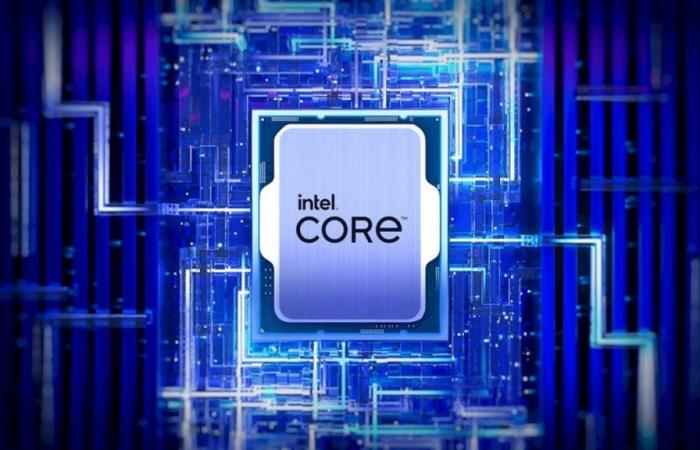Intel, one of the undisputed giants of the processor market, is at a turning point with its latest generation of Core Ultra processors. Announced as a response to AMD’s advances, early feedback and recent leaks show that Intel’s new flagship processor, the Core Ultra 9 285K, does not outperform its predecessor, or even competing processors in certain categories, notably in video game material.
Mixed performance compared to its predecessor
While the processor highlights gains in energy efficiency, overall performance seems to stagnate. Why does this new generation seem to be marking a pause, or even a decline, in terms of raw power?
According to presentation slides leaked by a Chinese source, Intel’s Core Ultra 9 285K fails to outperform the Core i9-14900K, its direct predecessor.
Across a set of 14 video game titles tested, the new chip performed on average at the same level as the old model, with variations ranging from 13% slower to 15% faster depending on the games. This mixed performance surprises observers, particularly video game enthusiasts who were expecting a clear improvement compared to the previous generation.
Source: Intel leak
It’s worth noting, however, that while raw performance isn’t there, power consumption has been reduced, with Intel claiming that the Core Ultra 9 285K consumes around 80 watts less than the Core i9-14900K at performance levels. similar.
This reduction in consumption could result in a reduction in the heat generated, thus making it easier to cool the processor. As a result, users could make do with less expensive cooling while still having room to push overclocking, without risking overheating the system.
Comparison with Ryzen processors: a tough battle
If the Core Ultra 9 285K struggles against its predecessor, the same goes for AMD processors. Compared to the Ryzen 9 9950X, one of AMD’s flagship models, the performance of the Intel processor ranges between -13% and +28%. Faced with an even more robust competitor, the Ryzen 9 7950X3D, the difference is even more marked when it comes to 1080p gaming, with results ranging from -21% to +15% depending on the games tested.
Source: Intel leak
However, Intel has a card to play in the area of productivity. The Core Ultra 9 285K shows impressive gains in benchmark software such as Cinebench 2024 (+21%) and POV-Ray (+30%), making it a potentially solid choice for professional users who require performance in multitasking or intensive computing.
One of the main justifications put forward to explain the drop in performance is Intel’s focus on energy efficiency. The Core Ultra 9 285K boasts a 9% improvement in IPC (instructions per cycle), a key performance indicator, but this advantage seems to be partly offset by the absence of hyperthreading, a feature allowing process multiple tasks simultaneously by rote. This omission is all the more surprising since hyperthreading has long been an essential feature of Intel’s high-end processors.
That said, in environments where electricity costs are high or in hot climates, this optimization of energy efficiency can make a noticeable difference. The processor generating less heat and consuming less power might appeal to a certain audience, but video game players may be disappointed by this compromise.
A double-edged strategy for Intel
Intel’s decision to prioritize energy efficiency over raw performance therefore seems strategic, especially in a context where PCs are becoming more and more energy-intensive. However, this approach may be poorly received by a significant part of the target audience, namely users requiring maximum performance for intensive tasks such as video games or video editing.
At the same time, this situation becomes more worrying for Intel as AMD has not yet launched its new series of Ryzen 9000X3D processors.which could further widen the gap between the two brands once these new processors are marketed. If Intel fails to reverse the trend with new optimizations or an architecture update, AMD’s dominance could deepen.
Intel seems to be playing a different card with its Core Ultra 9 285K. Instead of continuing the frantic race for raw power, the company is trying to distinguish itself with optimized energy efficiency, a choice that could appeal to some users, but risks leaving others wanting more. While the first tests show disappointing performance in the field of gaming, the processor could nevertheless find its audience among professionals looking for a good performance-consumption ratio.
It remains to be seen whether this strategy will bear fruit. Intel could rely on a competitive price positioning, but in a market dominated by performance, only a clear improvement in power could allow the firm to maintain its lead in the face of fierce competition from AMD.







